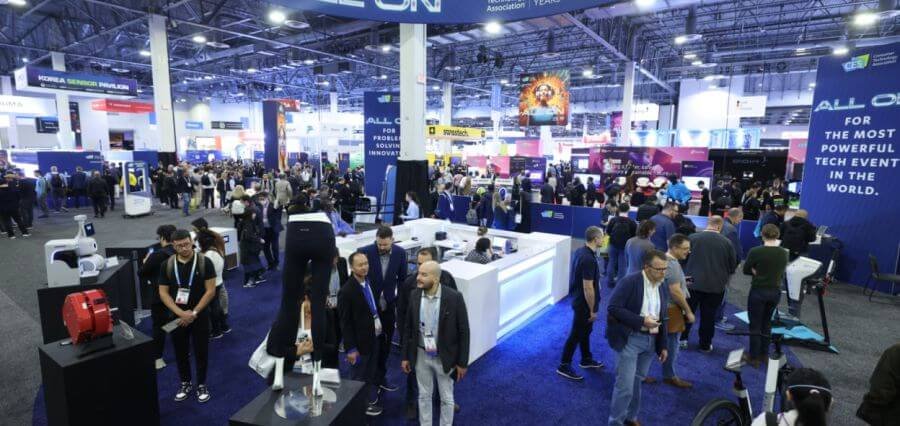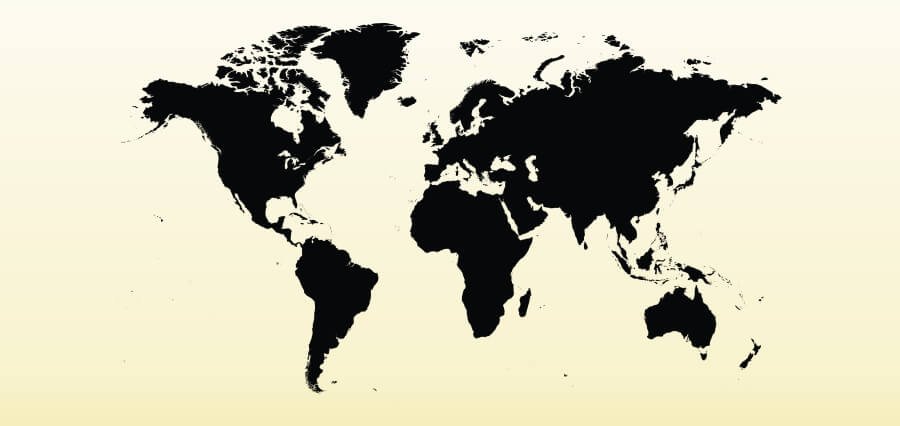Technology innovations continually changing the way we live, work, and interact are something to be amazed at, aren’t they? Invention in any field—be it computing, medicine, or communication—almost always means extending the limits of what human beings can do. The urge to simplify and mechanize daily activities has not only changed the character of industries but also the nature of personal lives. The journey from room-sized first computers to today’s tiny smartphones that are as powerful as supercomputers is the history of the technological shifts made possible by the collective genius of thousands of people.
Innovations in technology are not only about digital devices or robots that look like they come from the future; they are essentially about the concept of progress. It is a mixture of human creativity and problem-solving skills that are supplemented by the bravery to challenge the norm. In the increasingly speedy and interconnected world, technology serves as a bridge for the gaps—be they geographical, cultural, or intellectual. And with each century, we become more and more reliant on these developments, quietly ushering us to a new era that used to be merely a part of science fiction.
At the heart of this transition, the statement is made emphatically that innovation is a nonstop phenomenon. Even as we approach the middle of the 21st century, our inquisitiveness still dares to confront the boundaries of what can be done—in effect, advancing science, creativity, and ambition into areas…
The Impact of Innovative Technology on Human Progress
Innovation in technology is the main source of human progress it achieves this by challenging the traditional ways of doing things and eventually leading to…progress;
Technology breakthroughs have been the main source of human progress during the past eras of history. The industrial revolution was the era of war machines that took over human labor; the digital revolution was the era of computers which enhanced human intellect. The focus of innovation is now on artificial intelligence, biotcomputers,echnology, and clean energy, which are areas that have the potential to change the world again.
Consider, for instance, the case of AI assistants, data-driven decision-making systems, and machine learning algorithms, which are examples of how machines are becoming capable of human-like thinking in a very efficient manner. Besides the fact that they bring convenience, these instances of technology innovation have the potency to transform society into a more dynamic and interconnected ecosystem. Even precision in healthcare, which has traditionally been heavily reliant on the experience of medical professionals, is now achieved through AI-assisted surgeries and predictive diagnostics that lead to better results.
In essence, technological innovation serves as both the driving force and the guiding…
What are some of the technological examples?
Brief summary: Innovative technologies of today such as AI, IoT, blockchain, and…
There are several technologies that come to mind when we talk about examples of technologies shaping our 21st century. One of the foremost abilities of artificial intelligence (AI) is the processing of vast amounts of data that cannot be handled by humans. Various companies integrate AI in diverse applications: one can witness the use of chatbots in online stores for customer service and self-driving vehicles that are guided by complex systems utilizing AI. The Internet of Things (IoT) breaks the binding of connectivity with…
Among other things, blockchain technology makes global financial transactions transparent and decentralized to enhance security and trust. On the other hand, eco-friendly tech is concerned with energy sources such as solar, wind, and other renewables that are clean.
How technology transforms daily human experiences
The everyday lifestyle has been greatly influenced by technology, which has made communication, mobility, and entertainment more interconnected, efficient, and immediate.
One day in the world’s life cannot be imagined without technology. The fact remains that we don’t realize how the whole process is managed by computer programs, from the choice of music for the morning gym to ordering the food via app. Smartphones, social media, and instant communication have compressed time and distance, making global interaction as easy as a swipe.
This change, however, goes far beyond the realm of mere convenience and actually leads to the redefinition of the interpersonal relationships. People communicate through virtual meetings instead of traveling to the office; families unite by using video calls that overcome the distance between the continents. The education system has been transformed by the shift as well, having adopted the use of interactive learning platforms and augmented reality (AR) to provide students with engaging lessons. These examples are instances where technology realizes its far-reaching potential by simply being part of the everyday normality.
Gradually, the demarcation line between the real and the virtual gets thinner, to the extent that it is hard to figure out where human experience stops and technological support takes over.
Can technological innovation solve global challenges?
Short summary: Advanced technologies provide potent means to combat climate change, health crises, and food shortages on an unprecedented scale.
The biggest issues of the earth—climate instability, lack of resources, healthcare gaps—are not only in need of political resolutions but technological inventiveness as well. Technologies that produce clean energy, such as solar panels, wind turbines, and lithium-ion batteries, are making the world environmentally friendly one city or country at a time. The use of IoT sensors and AI algorithms in agriculture allows the water and fertilizers to be used wisely while the crop yields keep increasing.
Moreover, the medical field innovations in vaccine development and genomic research have been sped up during the time of the global crises, thus showing how computation and collaboration can quickly cure millions of people. The application of AI to simulate the climate scenarios is enabling researchers to forecast extreme weather early and, in return, avoid catastrophes. These are just a few examples of innovation in technology that show that technology is not a luxury but a necessity.
Nevertheless, its progress should be governed by morals and principles of inclusiveness. Real technological advancement makes sure that the advantages are extended to everyone, not a few.
The future of innovation
Future promises of innovation include close interaction between human and machine that would allow for vast possibilities previously only imaginable.
In the future, the following technological breakthrough will be such that limits between a living organism, a computer, and a mind will be obscure. Quantum computers will perform complex calculations at a speed many millions of times that of classical computers, thus making possible cutting-edge scientific research. Health monitoring gadgets might shortly be replaced by implantable sensors that will send live physiological data to the doctors. “Intelligent cities” will use AI and IoT for traffic management, energy saving, and security of the people.
While these technological leaps cause excitement, they also bring up issues related to personal space, jobs, and mental health. How to keep human even in the face of such quick changes is both a problem and a solution. But, historically, technological progress has been a balancing act between dangers and benefits—each new invention has been fueled by optimism, wonder, and an inexhaustible desire for further progress. So, in the end, it is the human spirit that is the driving force behind every technological revolution, and that is why technology moves more towards purpose than possibility.








